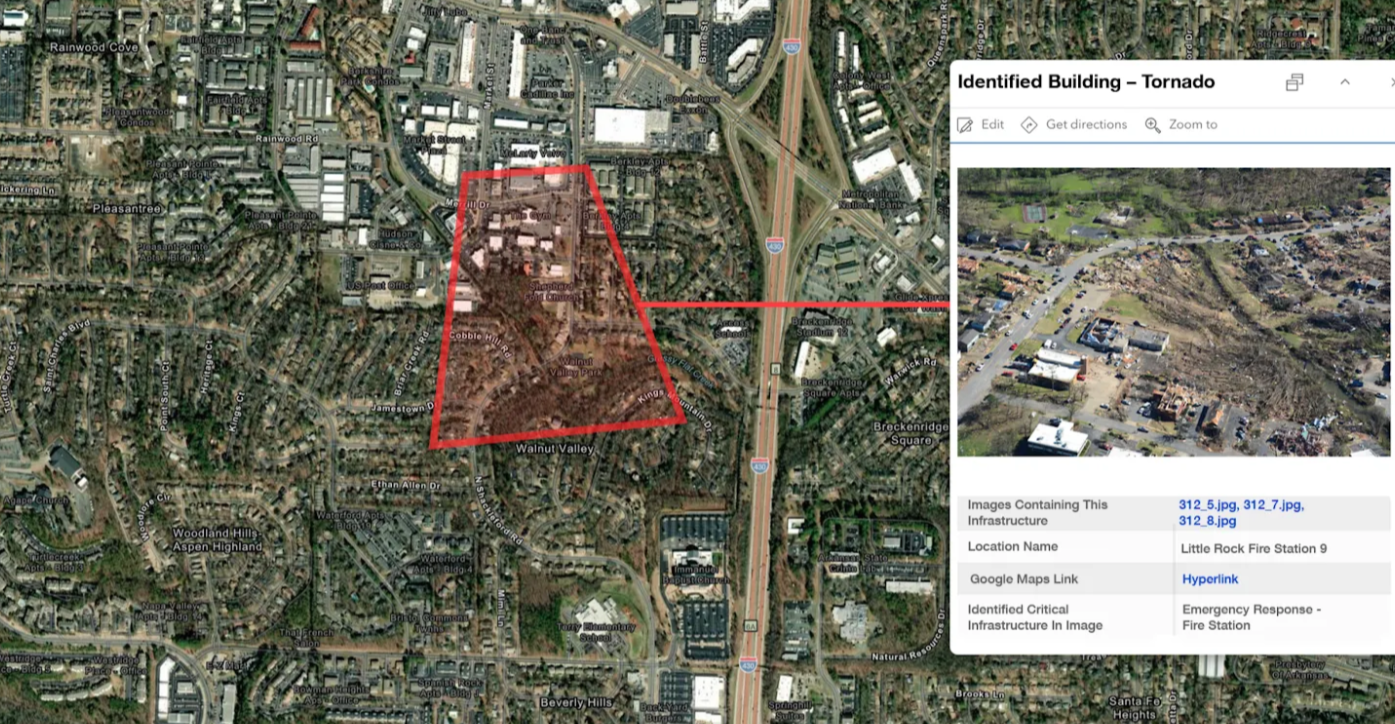
Alphabet X has introduced a new initiative called Project Bellwether, aimed at harnessing the power of artificial intelligence to forecast and respond to natural disasters like wildfires and flooding more effectively. This project represents a significant effort to apply cutting-edge technology to mitigate some of the most pressing global challenges.
Project Bellwether is designed as a “moonshot” endeavor within X to develop AI tools that enable quicker and more accurate predictions of natural disasters. The initiative aims to revolutionize the way organizations, communities, and businesses interact with both the natural and built environments.
According to Sarah Russell, the project head, this initiative seeks to facilitate smarter, timelier inquiries about environmental changes by overcoming previous technological and financial barriers in applying AI to geospatial analysis.
Collaborative Efforts with the National Guard
The launch of Project Bellwether coincides with an announcement that the United States National Guard’s Defense Innovation Unit (DIU) will be utilizing the newly developed AI-based “prediction engine.”
This collaboration highlights the practical applications of Bellwether’s innovations, which are poised to significantly improve disaster response times. The existing methods can delay operations by hours or even days, potentially exacerbating the impacts on human life and property.
Col. Brian McGarry of the National Guard highlighted the operational challenges faced by analysts, who currently need to manually sift through vast amounts of imagery to pinpoint disaster-impacted areas and assess damage to infrastructure. The time-consuming process of identifying, labeling, and analyzing these images hampers swift response efforts.
In contrast, Bellwether’s tools aim to streamline these tasks, thereby enhancing the efficiency of the disaster response teams.
Introducing Innovative Tools for Disaster Management
Project Bellwether offers two key tools to tackle these challenges.
- The first tool is a predictive model that forecasts the risk of wildfires up to five years in advance, providing crucial foresight that could aid in prevention and preparedness strategies.
- The second tool focuses on aiding first responders post-disaster, helping them to quickly identify and prioritize critical infrastructure needs in affected areas.
Google’s exploration of AI and machine learning models in the realm of natural disaster prediction is not new. However, the partnership with the National Guard through Project Bellwether may serve as a significant validation of these technological efforts, potentially setting a new standard for disaster response and preparedness.
Related News:
Featured Image courtesy of Project Bellwether/Alphabet X
